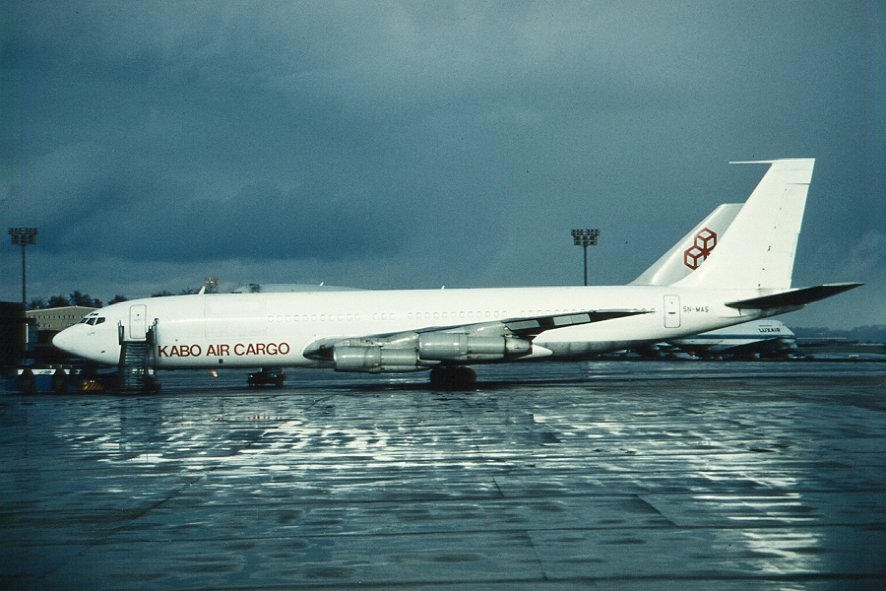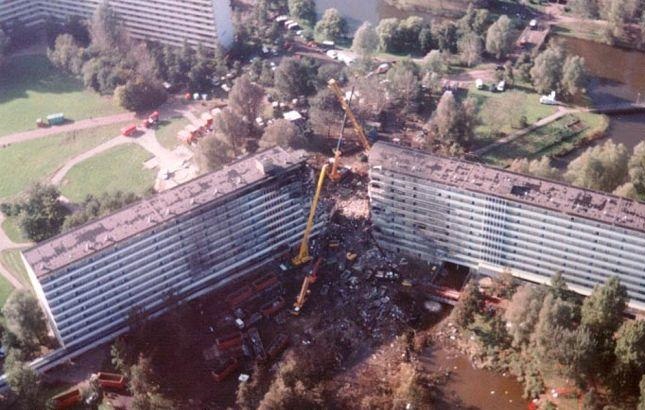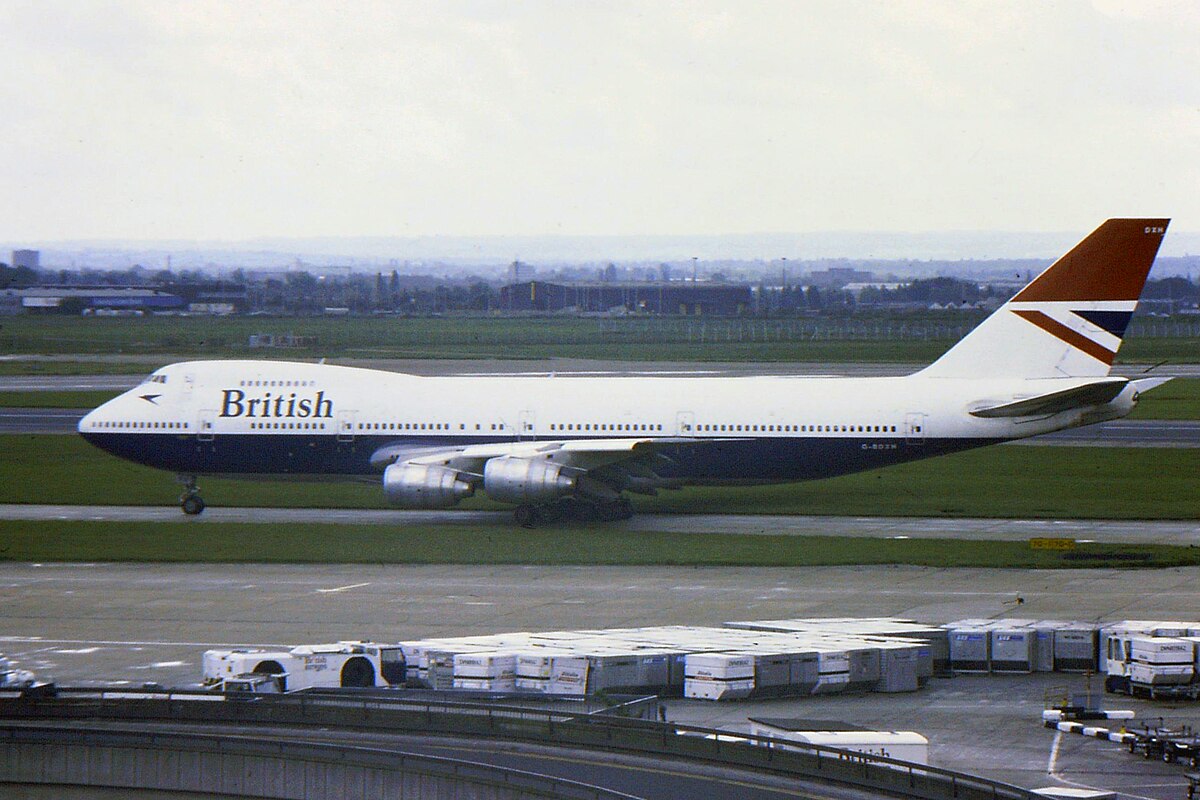MIflyer
1st Lieutenant
Something quite odd happened yesterday. A newspaper clipping I have never seen before appeared on my desk. I can only imagine that someone was using it as a bookmark in a used book I bought recently and it fell out without my noticing it at the time.
A scan of the clipping is attached. It describes a horrific mishap that occurred on 30 March 1967. The crew of a Delta DC-8 were demonstrating their ability to land the airplane with two engines out on one wing. They crashed and all were killed, as were 13 people on the ground, including 9 schoolgirls on their senior trip. An experienced pilot, a congressman, pointed out that such a dual engine failure on one wing had never occurred on any commercial crash.
I could discuss FAA screw-ups at length, as could, I am sure, many others, but this one really wins the stupid bureaucrats prize!
A scan of the clipping is attached. It describes a horrific mishap that occurred on 30 March 1967. The crew of a Delta DC-8 were demonstrating their ability to land the airplane with two engines out on one wing. They crashed and all were killed, as were 13 people on the ground, including 9 schoolgirls on their senior trip. An experienced pilot, a congressman, pointed out that such a dual engine failure on one wing had never occurred on any commercial crash.
I could discuss FAA screw-ups at length, as could, I am sure, many others, but this one really wins the stupid bureaucrats prize!




